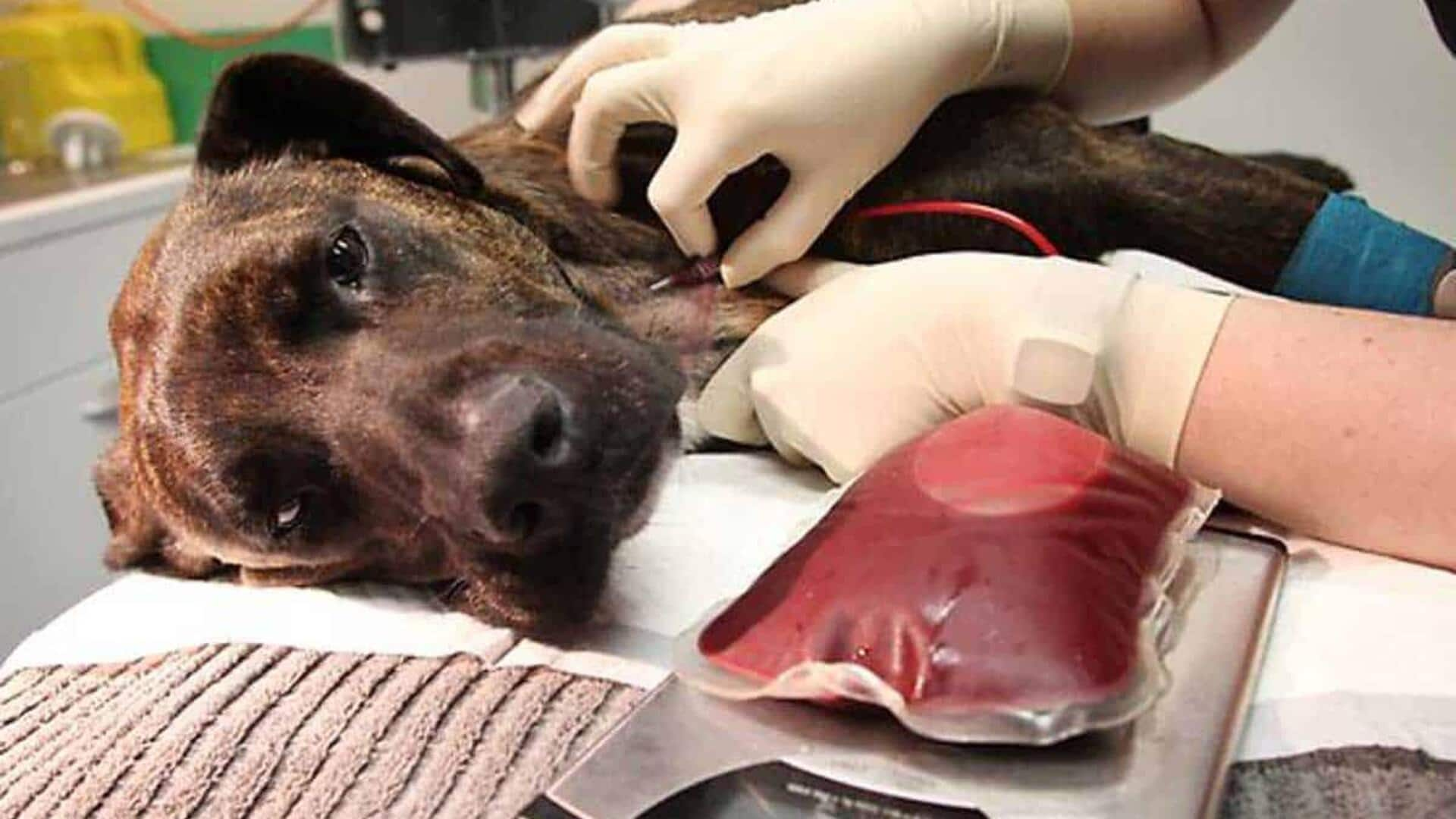
Facts about India's first-ever SOPs for animal blood transfusion
What's the story
The central government has released its first set of guidelines on blood transfusion and blood banks for animals. The "Guidelines and Standard Operating Procedures for Blood Transfusion and Blood Banks for Animals in India" provide a scientific framework for animal blood donation, storage, and transfusion processes. These procedures were earlier carried out without any national standards. The initiative is aimed at improving animal welfare and ensuring biosafety in veterinary practices across the country.
Healthcare improvement
New guidelines mandate blood typing, cross-matching
Blood transfusion is a globally accepted treatment for severe anemia, surgical blood loss, infectious diseases, and bleeding disorders in animals. Before these guidelines, most transfusions were done in emergencies without standardized donor screening or blood typing. The new guidelines mandate blood typing and cross-matching to prevent incompatibility reactions during transfusions. They also establish donor eligibility criteria based on health status, vaccination history, age, weight, and disease screening norms.
Donation ethics
Donor Rights Charter introduced
The guidelines also emphasize voluntary, non-remunerated donations with informed consent from donors. A Donor Rights Charter has been introduced to ensure transparency and ethical practices in blood donation. The framework also integrates One Health principles to manage zoonotic risks associated with animal blood transfusions. It includes standardized SOPs for donor registration, transfusion monitoring and adverse reaction reporting.
Network establishment
Proposed establishment of National Veterinary Blood Bank Network
The guidelines also propose the establishment of a National Veterinary Blood Bank Network (N-VBBN). This network will have digital registries, real-time inventories, and an emergency helpline. The framework also encourages future innovations such as mobile blood collection units and preservation techniques for rare blood types. Training modules on these guidelines will be incorporated into veterinary education programs to ensure compliance with the new standards.
Expert collaboration
Guidelines developed in consultation with various stakeholders
The guidelines were developed by the Department of Animal Husbandry and Dairying in consultation with various stakeholders. These include the Veterinary Council of India, veterinary universities, research institutes, state governments, and practicing veterinarians. The advisory framework is designed to evolve with new scientific evidence while maintaining animal welfare and biosafety standards. It aims to benefit India's vast livestock sector, which comprises over 537 million animals and over 125 million companion animals.